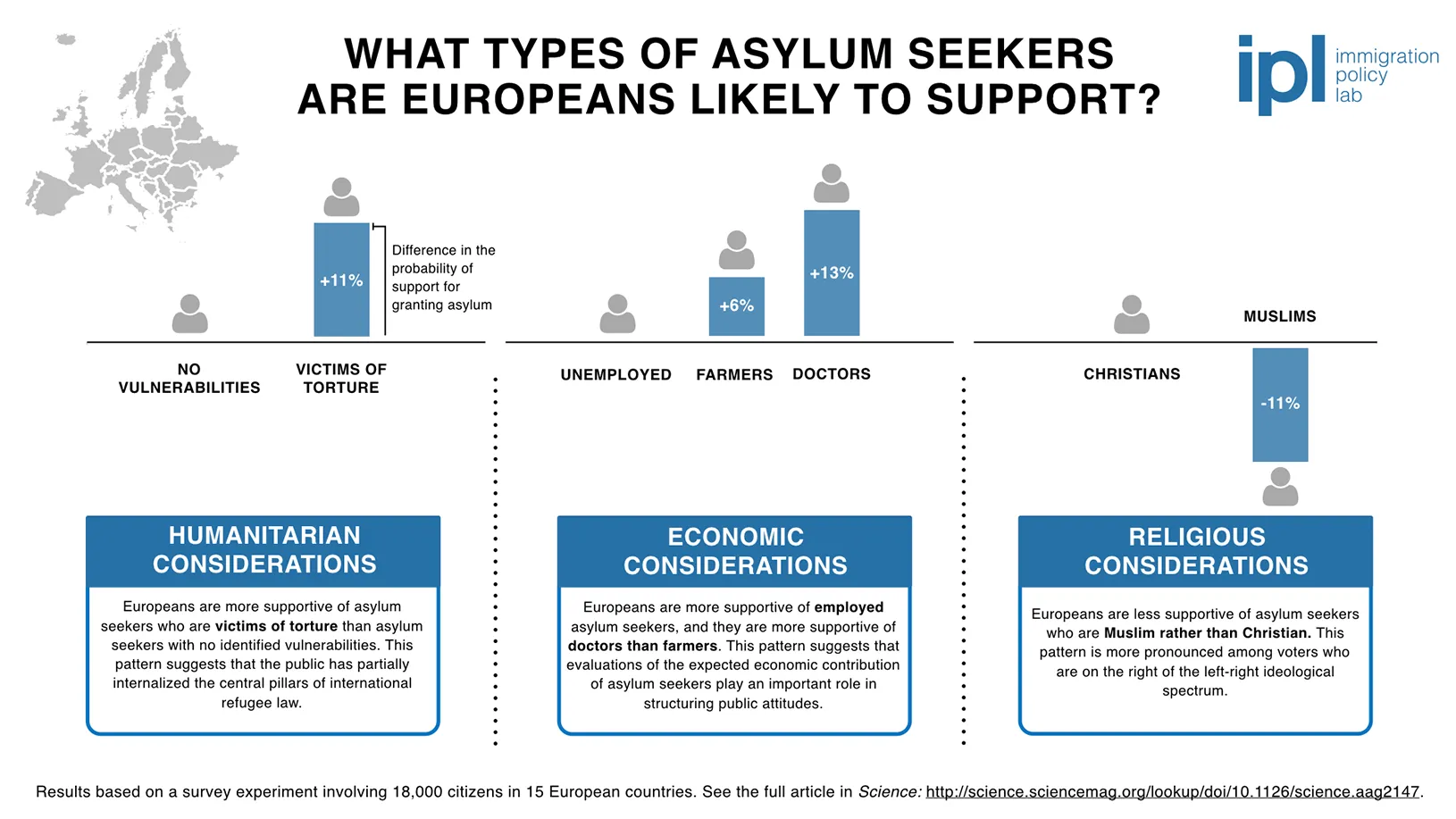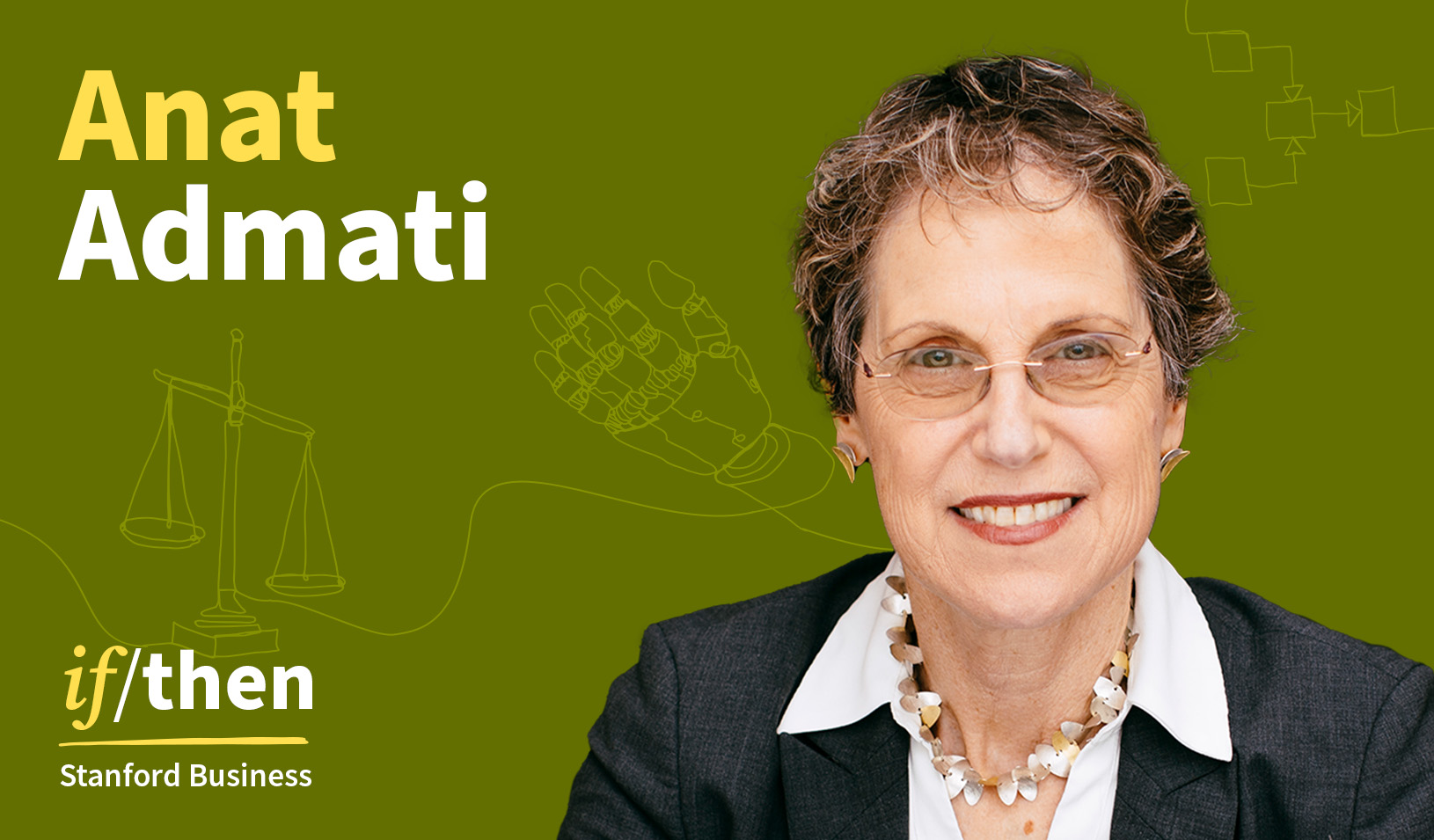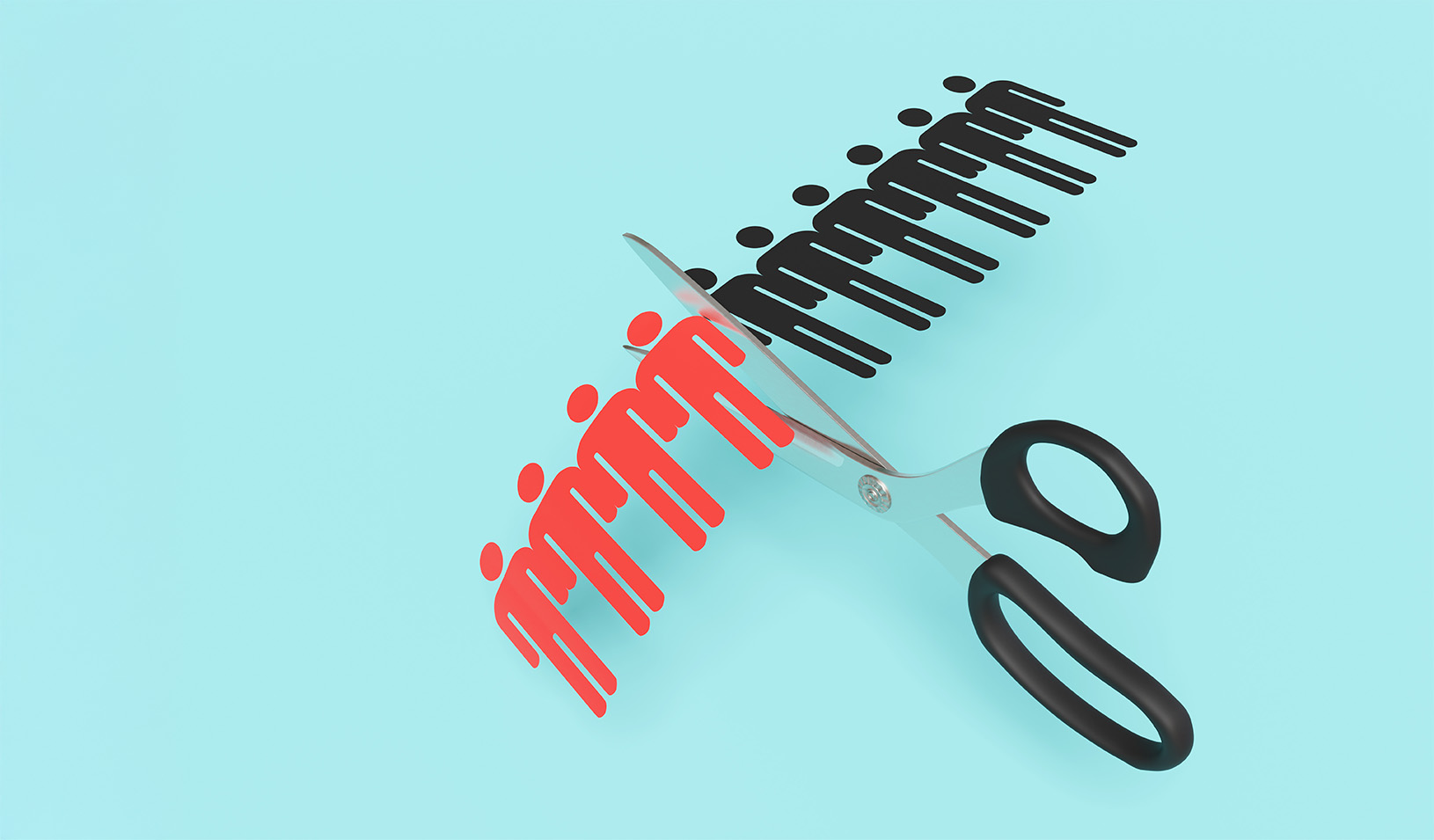Syrian refugees work under Jasmine, a project that hires and trains refugee women to create handicrafts. New research shows the longer that refugees wait during the asylum process, the harder it is for them to return to the work force. | Reuters/Muhammad Hamed
In the face of a staggering refugee crisis, countries in Europe and around the world are straining to find a way to honor international laws and meet humanitarian obligations while respecting the rocky peaks of public opinion. The volatility of the situation is compounded by the fact that policymakers are largely flying blind, says Stanford Graduate School of Business professor of political economy Jens Hainmueller.
“There’s just not a lot of evidence that gets into the nitty-gritty details of what policies actually work,” Hainmueller says. “But they have to do something. It’s a big crisis. You can’t just walk away from it.”

Immigration Policy: What Works?
To help address the ongoing refugee crisis, an interdisciplinary team of researchers at the Immigration Policy Lab employs state-of-the-art statistical methods, large-scale datasets, and randomized experiments to evaluate different immigration policies and programs in countries around the world. With branches at Stanford University and the University of Zurich, and more than a dozen affiliated faculty from leading universities, the Immigration Policy Lab is directed by Stanford GSB courtesy professor Jens Hainmueller with Dominik Hangartner of the London School of Economics and David Laitin of Stanford’s Political Science Department.
The lab partners with community-based organizations and governments to test the effectiveness of policies that ultimately impact millions of immigrants and the economic and social prosperity of the countries where they reside. “We ask policymakers and service providers, ‘In your day-to-day work, what are the most important questions that you would want to have answered if you had a team available with the time and resources and skills to actually look and analyze data?’” Hainmueller says.
“The lab’s overarching research program,” adds Executive Director Duncan Lawrence, “is to provide better evidence for policymakers and service providers about the impact of the programs and policies that they are implementing or piloting. Currently, when it comes to immigration policies, people tend to rely on anecdotes and ideology rather than evidence. The goal for our lab is to provide an evidence base, so that for those with an open mind, they will have the information to make informed decisions to improve the lives of immigrants and their host communities.”
- Established: 2015
- Funded by: Office of the President, Office of the Dean of Humanities and Sciences, Office of the Dean of Research, Institute for Research in the Social Sciences (IRiSS), and Ford Foundation
- Locations: Stanford and Zurich
- Partners: The Europe Center, Stanford Center for Population Health Sciences, Stanford Center for Advanced Study in the Behavioral Sciences, Stanford Center for Poverty and Inequality
- Contact: ImmigrationLab@stanford.edu
Hainmueller and colleagues Dominik Hangartner, Duncan Lawrence, and Kirk Bansak recently published a pair of studies with complementary insights to help guide policymakers in their efforts to shape responses that improve the welfare of asylum seekers and host countries alike. The findings suggest that highlighting the economic potential of refugees could boost public support for admitting them, and speeding up decisions on asylum seekers’ claims can have a dramatic effect on their subsequent employability and ability to integrate in their new homes.
Uncertainty’s Steep Toll
Sparked by conversations with officials at the UN Refugee Agency, Hainmueller and his colleagues at the Immigration Policy Lab wanted to explore the repercussions of the lengthy wait times that asylum seekers typically endure while their claims are processed. In Germany, for example, 1.6 million new asylum claims have been lodged in the past two years alone, and it may take until 2019 to process them all.
In particular, the researchers sought to capture how the waiting itself — an often years-long limbo living in temporary housing camps on subsistence-level support — impacts asylum seekers’ ability to find a job after being resettled.
The researchers analyzed high-quality panel data from Switzerland from 1994 through 2004 to find that while some fortunate asylum seekers might receive a decision on their claim in a few months, many spend years in a state of uncertainty. On average, refugees waited 665 days for a decision.
“You don’t know from day to day whether or not someone’s going to tell you that you need to go back to the area that you risked your life to flee,” says study coauthor Duncan Lawrence, executive director of the Immigration Policy Lab. As a young Afghan seeking asylum in Sweden described the experience in another paper, “Even in prison they operate with a time limit! ‘This is when you are going to be free,’ they’ll tell you. But here they only tell you to wait, just wait.”
The researchers next examined these wait times in relation to employment prospects. They found that each additional year of waiting reduces the subsequent employment rate by between 4 and 5 percentage points, regardless of a refugee’s age, gender, or country of origin. That means if two refugees enter Switzerland at the same time and one waits for two years before being granted asylum while the other waits three years, the one with the longer wait is nearly 25% less likely to find work.
The researchers say more work is needed to unpack exactly why longer wait times are so debilitating, but they have two theories to explain what might be happening. The first is that the person’s skills atrophy as a result of being out of the workforce for so long. However, the fact that the effect persists whether the person was a highly educated doctor or unemployed before fleeing their home country suggests a different explanation. The wait time itself — and the stress, apathy, and depression that can accompany it — takes a steep psychological toll that is difficult to recover from.
“Every one of us hates waiting, but imagine your whole life on hold,” Hainmueller says. “Then, once you get the decision that you are allowed to stay because the government acknowledges that you’ve been persecuted, you’re supposed to turn into a productive citizen. But you’ve waited so long for a decision on your future that it’s hard to start over.”
The researchers note that asylum seekers aren’t the only ones who stand to gain by speeding up wait times. For the host countries, even marginal improvements could have a sizable economic impact. They estimate that reducing wait times by only 10% — or around 60 days — could save around $5.6 million per year.
“By speeding up the wait times, which you can easily do by hiring additional caseworkers, you increase the employment of these refugees, which would lead to them paying taxes and the government not having to pay for them while they’re waiting in these camps,” Hainmueller says. “It’s an investment that’s well worth taking.”

Courtesy of the Immigration Policy Lab
Overcoming Obstacles
One of the primary challenges in addressing these long wait times, Lawrence says, is maintaining a balance between expediency and fairness. Some fear that speeding up the process will simply lead to more asylum seekers’ claims being summarily rejected. However, an even bigger challenge might come from the politically charged atmosphere and nativist backlash sweeping across Europe and many other countries. The researchers hope that their findings can help policymakers on both fronts.
“Allocating additional short-term resources to asylum processing can be challenging for policymakers given entrenched ideological views on immigrants and refugees,” says Lawrence. “But our evidence suggests that if you are able to maintain the rigor and fairness of the process, it’s actually less costly in the long term to be quicker.”
These findings square with another recent study conducted by Hainmueller, Stanford political science PhD student Kirk Bansak, and Immigration Policy Lab Faculty Co-Director Dominik Hangartner. The project, whose findings were recently published in Science, pins down the granular factors that shape Europeans’ attitudes toward asylum seekers and highlights the role that economic considerations play in the broader court of public opinion.
The researchers asked 18,000 voters in 15 different European countries to evaluate different profiles of asylum seekers and determine which they would be willing to admit. The profiles varied across nine attributes: age, gender, religion, language, previous occupation, consistency of asylum testimony, special vulnerabilities (such as PTSD), country of origin, and reason for migrating.
Their findings highlight the degree to which Europeans’ attitudes are shaped by humanitarian, economic, and religious considerations. First, they found strong public support toward asylum seekers who are victims of political, religious, or ethnic persecution, which aligns with international law as set out by the 1951 Refugee Convention that stipulates that anyone with a legitimate humanitarian claim must be granted refugee status.
Second, they found that people were more supportive of asylum seekers with greater potential to contribute economically. While it may be intuitive why they would prefer a doctor over someone who was previously unemployed, such considerations are not supposed to matter when weighing the validity of asylum claims.
And finally, the researchers found a strong anti-Muslim bias that persisted across the ideological spectrum of the people they surveyed, though it was twice as strong among right-wing voters as those on the left.
“It’s a mixed message,” Bansak says. “The fact that we find these humanitarian considerations to be important was reassuring. The flip side — that they were also more supportive of asylum seekers depending on the asylum seekers’ previous profession — suggests they haven’t completely internalized the pillars of international law. But these are regular people, not policymakers who are thinking about that on a daily basis.
“On the other hand, the anti-Muslim bias is certainly concerning, from both a normative and policy perspective, especially given right now most asylum seekers originate from Muslim majority countries.”
Taken together, the findings underscore the importance for policymakers to see all the contours of public opinion, and can help them confront the mounting refugee crisis.
“Do these countries have the economic capacity to shoulder the burden? I think they do, so it’s really a question of is the political will there. Can you sell this to the public? The anti-Muslim bias is a difficult conflict, but highlighting the socioeconomic contributions of these refugees might help ease these social tensions,” Hainmueller says. “If these measures can help to better integrate immigrants into the economy and society, I think you will see a spillover into people looking more positively on the whole refugee issue as well.”

Courtesy of the Immigration Policy Lab
For media inquiries, visit the Newsroom.






